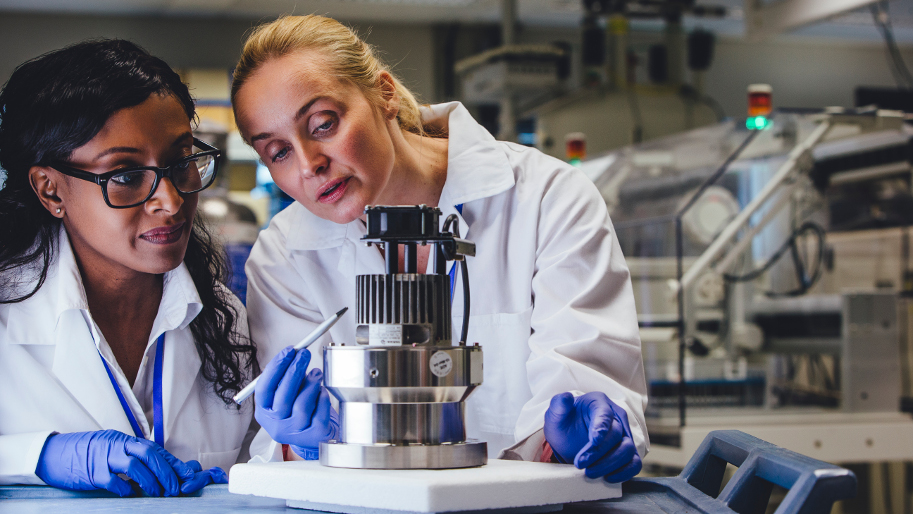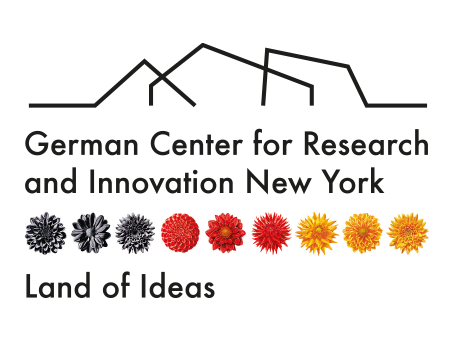General Overview
 © iStockphoto
© iStockphoto
A huge player in the research and innovation field, the United States is home to many of the top universities in the world, and highly active in research. According to the National Science Foundation, the U.S. spends over 26% of the world’s total and about 3% of its GDP on research and development. The research and innovation landscape in the United States is diverse and largely decentralized with support from many different government departments as well as private organizations.
The U.S. is widely known for its “can-do” mentality. This is also true for the innovation and tech community, with its high density of venture capital firms, banks, private investors and business angels. Characterized by a risk-taking attitude that sees failure as an opportunity to learn and grow rather than an insurmountable obstacle, the innovation economy seems to have an edge on its European counterparts. Tech hubs, accelerators and mentoring networks do their part to foster and support young entrepreneurs in particular, and to create a veritable playground for business ideas and startups.
Where does innovation happen? Look beyond the coasts!
Silicon Valley on the West Coast has become a legend among founders and something of a gold standard to which other innovation hubs turn for inspiration. With their high density of world-class research institutions, Boston and New York City form a stronghold for innovation and research in the Northeast. However, new tech and innovation hubs continue to make an impact. With excellent research infrastructures and comparatively low cost of both living and labor, places like Austin, Houston and Dallas in Texas; hubs in the South such as Atlanta, Georgia, and the Research Triangle in North Carolina; and Portland, Oregon and Seattle, Washington in the Pacific Northwest, home to tech giants such as Microsoft and Amazon; have become vibrant, viable competitors.
In the U.S., public funding on the federal level tends to support fundamental research. Applied research and development is often financed by private investors or public-private funds. Such research is conducted at top universities (both private and public), as well as the private sector. Both sectors are closely linked, as universities frequently pursue basic science as well as contractual research for industry or national agencies such as the NSA or the Department of Defense (DoD). In 2016 the DoD budget of 72 billion US Dollars was about ten times that of the National Institutes of Health. Tax and financing incentives do their part to encourage investors to support startups and innovative technologies.
Universities as Innovation Drivers
Universities have an impressive track record with regard to technology transfer and spin-outs. They often run their own incubators, accelerators and mentoring programs. Endowments and funds to provide startup capital for their own students are common and often substantial. UC Berkeley and Stanford in the Bay Area as well as MIT and Harvard in Boston are successful examples. Flexible intellectual property legislation allows universities and other research institutions to benefit financially from spin-outs and other patent uses. Moreover, when it comes to introducing their own researchers to entrepreneurship and technology transfer, many universities offer structured programs as part of, or in addition to, the regular curriculum. Clubs and student associations offer classes, peer mentoring, and, in some cases, even mini-MBA certificates.
German science and tech enjoy an excellent reputation within the U.S. innovation community. From German companies running strategically located labs and innovation centers, university collaborations and exchanges, to accelerators and mentoring programs specifically designed to help German startups succeed in the US, opportunities for German innovators are abundant.
Spotlight NYC
New York City is not just the home of the DWIH, it is also the largest city in the U.S., with the highest number of college students and institutions of higher education. Combined with a closely knit network of players in research, innovation and industry, the New York metropolitan area is a dominant force in the U.S. innovation economy. A number of German organizations have therefore chosen the Big Apple as their gateway to the U.S. and, in some cases, Canada. Among them are the German Academic Exchange Service (DAAD), the German Research Foundation (DFG), the German American Chamber of Commerce and a total of sixteen German Universities and higher education consortia, many of which reside in the same building as the DWIH.
Additionally, Germany Trade and Invest, Invest in Bavaria, the Hasso-Plattner Institute, the American Council on Germany and the German Accelerator can all be found in New York. Just like its sister institutions in San Francisco and Boston, the German Accelerator New York, for example, invites a cohort of three to five German startups to the city. Every three months, a new cohort receives mentoring, coaching, networking and exposure to the vibrant community of tech innovators.
A vast number of accelerators and incubators offer further support for startups from all over the world. In recent years both the city and the state of New York established incubators and startup-oriented coworking spaces alongside established private programs. Especially the NYC Media Lab, Urbantech NYC and the Urban X Incubator stand out.
The four large university systems (NYU, Columbia, CUNY and SUNY) as well as some of the smaller, research-oriented institutions (Cornell Tech NYC, Rockefeller University, Sloan Kettering) run their own programs to support entrepreneurs. Most notably the NYU Tandon Future Labs and the Jacobs Technion-Cornell Institute.
